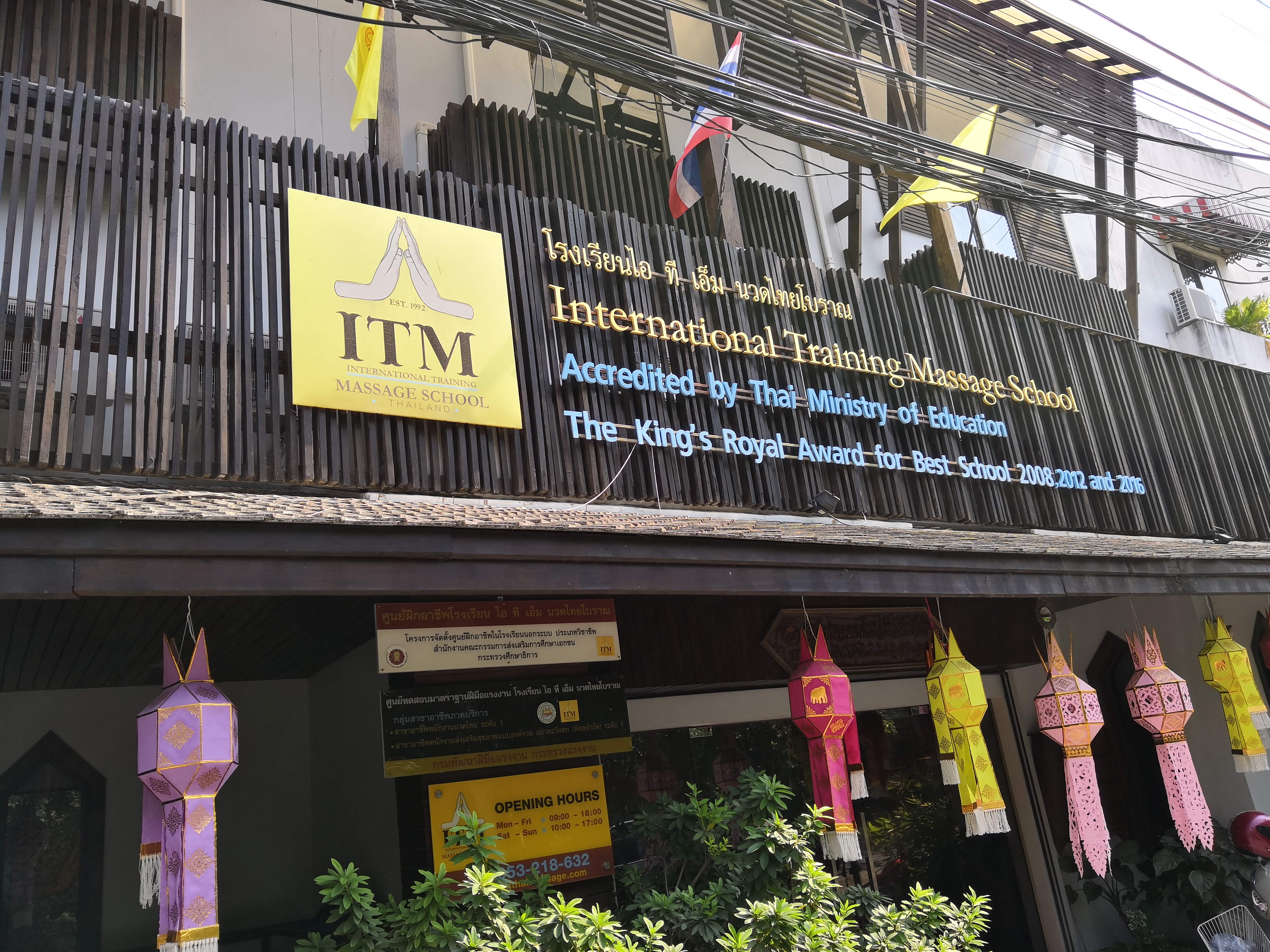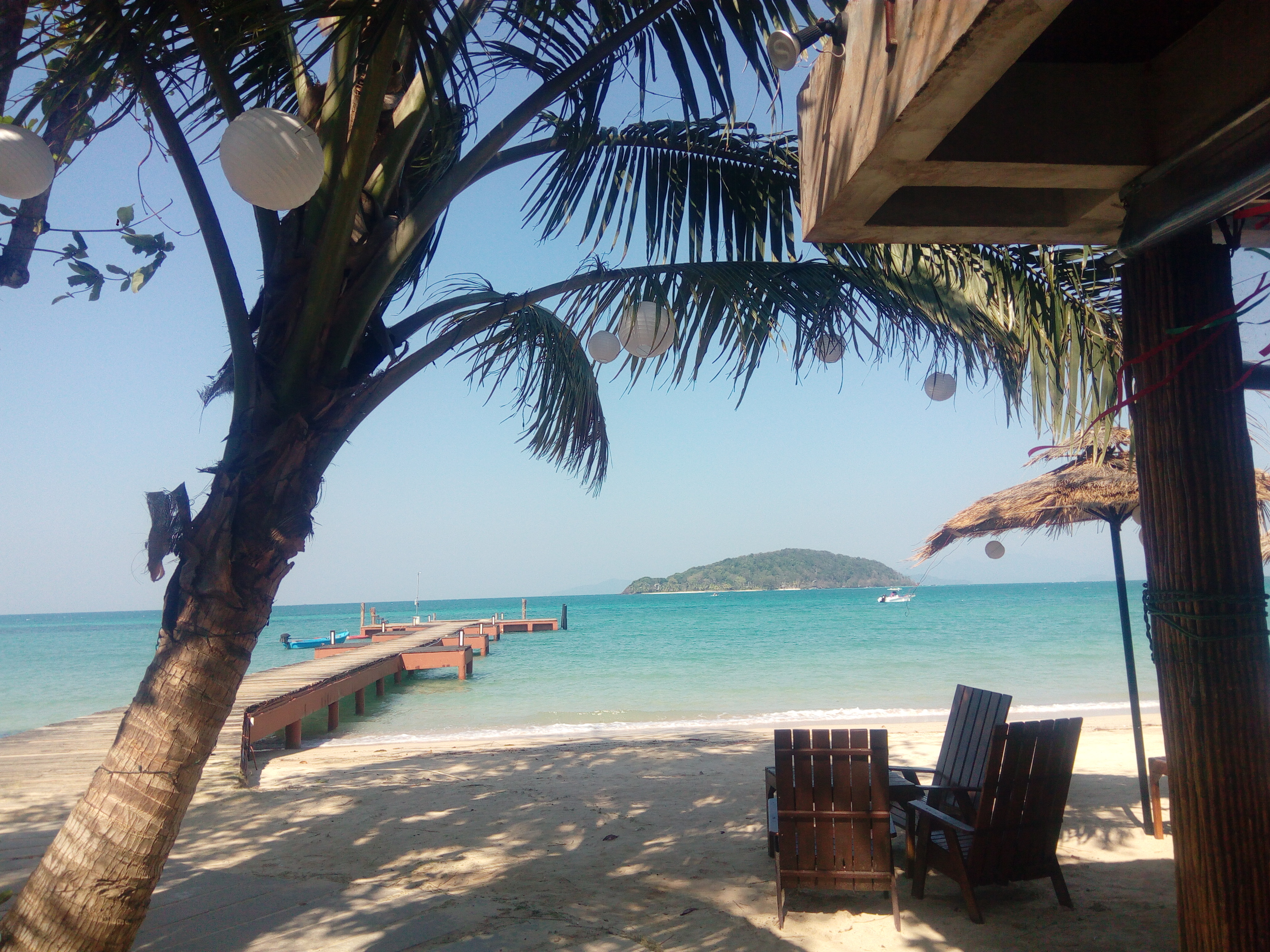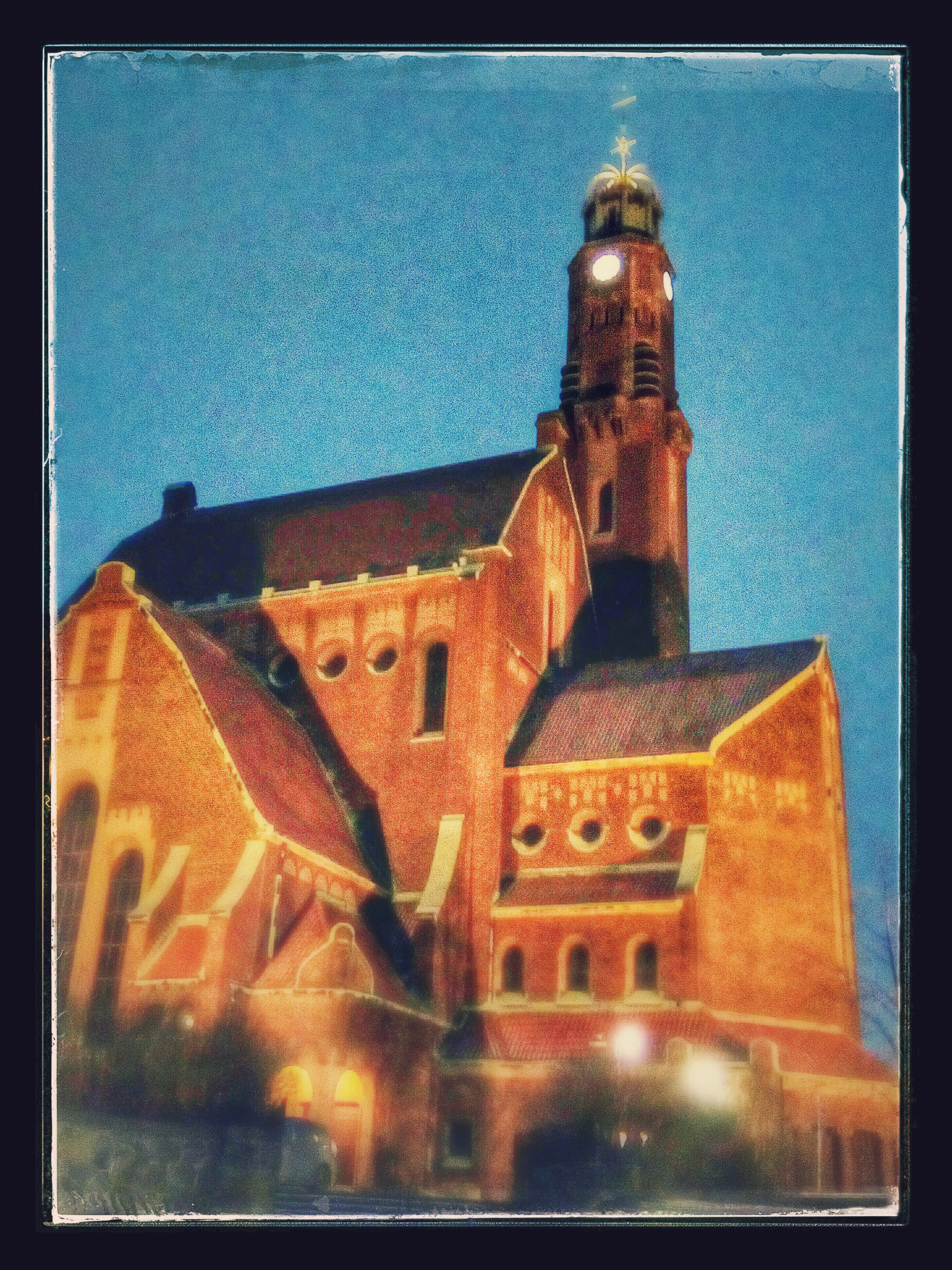
Have you always wanted to travel to India, but don’t really know where, how and when?
Incredible India is not the easiest of destinations if it’s your first trip there. On the other hand, a package tour to Goa might not offer the genuine experience of real India.
Join us on a 10-day Yoga Retreat in Kerala and experience real India in a safe way with a group of like-minded people. We will be a small group (max. 14 yogis + possibly their companions) as we want to offer individual guidance. Maria Kaarre, together with Maria Kiiso (=Maru), will be in charge of the yoga program. The tour operator is Marleon, a company owned by Maria Kaarre and Leo Helin. Leo will be there with us taking care of all practical arrangements and the activities arranged outside the yoga program.
We will stay at Sea Shell Haris Bech Home in North Kerala, which Maria and Leo know from their previous experience there. All the rooms have air conditioning and a private bathroom. The hotel is far enough from all the noise and hubbub of cities, situated on a small cliff on head land, offering access and amazing views to Indian Ocean. There is a tranquil, sandy beach right next to the hotel and in a short walking distance you can find many more beautiful, paradise-like beaches. Our yoga practice will be on a decked patio with a view to the ocean. In your room and on the dining area you can enjoy the calming sound of waves and bird song. Nearby there is an ecological farm owned by the hotel, which produce the raw material for the healthy, delicious plant-based food at the hotel restaurant.



An example schedule of our retreat day:
8–9:30 am Slow flow yoga with Maria
9:30 am Breakfast
2.00 pm Lunch
5–6 pm Satsang or workshop with Maria and Maru (yoga philosophy discussed, self compassion exercises, meditation or asana workshop)
6–7:30 pm Somatic yin yoga with Maru
8 pm Dinner
Price:
€1200/person in a single room
€950/person in a double room (a companion without yoga program €650)
Price includes:
- 10 days accommodation
- daily breakfast, lunch and dinner (on the day of arrival a light dinner and on the day of departure a breakfast)
- coffee and tea in the morning also before breakfast
- daily yoga classes on 8 days as days 1 and 10 are travelling days
- easy access to the beautiful beach next to the hotel
- all the tour operator services before and during the journey (help and advice with travel arrangements)
For an extra charge you can participate in additional tours and activities which will be defined later (for example, a day tour of a city; or an ayurvedic treatment)
Note that flights, transportation to the hotel, your visa (mandatory) and your travel insurance are not included in the price. A pick-up from Kannur Airport can be organised for an extra charge.
Reservations and enquiries: maria.kaarre@gmail.com , +358 50 5274441
We are:
Maria: Certificated Flow Yoga and yin yoga teacher. Playfulness and natural flow is an essential part of the classes still not forgetting proper lining and therapeutical aspects of the practice. Heart beats for travelling in India and sensing the all-pervading love there.
Maru about Maria: “Maria is one of those people who makes things happen. Sometimes I wonder whether she has eight hands just like the Hindu goddess Durga, and might every now and then be as fierce, too. Maria is brave and just.”
Maru: 200h Slow Yoga (hatha) certificate and presently studying for 100h yin yoga teacher training with functional approach. Long history with yoga practice (since 1980s) and a passion to share the beauty of yoga and meditation.
Maria about Maru: “Maru is the best fellow traveller: calm, easy-going and fun and always ready for new adventures. Maru is calm like (holy) cow, because she never stresses or gets nervous.”
Leo: So far flexible only by his mind but having started his yoga path slowly but surely a good compnion for other male yogis or avecs on retreat. Interested in aviation and has a calling to find inexpensive flights with best routing.
Maria ja Maru about Leo: “Thank goodness there’s Leo! He keeps us in line or at least the schedules and practical arrangements as we might sometimes get overly inspired and forget the realities of life. Leo is also extremely talented to figure out the mysteries of the unfathomable Indian timetables. Most of all, he’s a master of very bad jokes.”































































